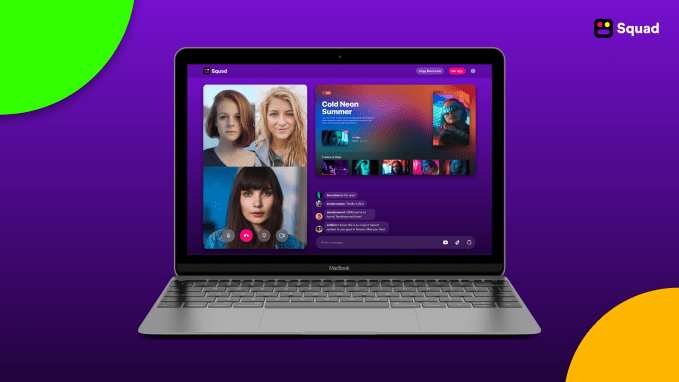As coronavirus-hit financial markets continue to flip-flop in the wake of bad news followed by pockets of hope, a startup that aims to introduce ordinary consumers to investing has raised a big round of funding.
New York-based Stash, which provides a mobile-first route to managing money through investment — as well as retirement, custodial and more routine banking — accounts has picked up $112 million, money that it will use to continue expanding its business, which as of this month had 4.5 million users and $1 billion in assets under management.
The company says it will use the funding to continue expanding its customer base, marketing and adding more services.
The Series F round is being led by publicly-listed online lending platform LendingTree, with accounts advised by T. Rowe Price Associates, Inc., Breyer Capital, Goodwater Capital, Greenspring Associates, Union Square Ventures, and others participating. Several of these were previous investors in the company.
We’re asking for a valuation, but for some context, the first close of this Series F ($85 million) appeared to value the startup at $785 million, according to PitchBook. Potentially, this puts the valuation here at around $812 million.
Stash is part of a growing list of fintech startups that are disrupting the financial industry, and specifically big banks and brokerages, by making some of the more arcane aspects of engaging in financial services like investing and borrowing money more transparent and accessible to the consumer masses, using smartphones, automated services and easily explained instructions. Others in the same category include Robinhood, Acorns, YieldStreet, Kabbage and Revolut.
As we’ve pointed out before, the average age of a Stash user is 29 and average income is less than $50,000 per year. Users can invest in increments as small as $28, with flat fees on top of that at $1, $3, and $9 for monthly subscriptions depending on what services you are using. (It also entices people with a Stock-Back loyalty rewards program to incentivise people with extra shares based on their investing. This launched a year ago with Green Dot and has now reached the 10-million mark.)
What’s interesting is that even with all the economic turmoil we’ve seen — economists believe that the US, for example, could see unemployment in the double digits for at least a year after this health pandemic subsides — investing, at least via Stash, has not been as impacted as you might think.
It notes that in its most recent quarter, it had an over 100% increase in weekly customer deposits across banking and investing, “a proof point to the power of the platform even amid recent market volatility and economic downturn.”
“We are very fortunate to bring together world class investors, to help accelerate Stash’s goal of bringing digital banking, investing plus financial education and advice to the millions of middle class Americans working hard every day to make ends meet,” said Brandon Krieg, Stash cofounder and CEO, in a statement. “This massive group has attempted to make financial progress within a system that simply does not serve their best interests or meet their needs. It’s time for them to reconsider the current financial servicing industry as the ‘status-quo’ and take control of their financial life with the customer-obsessed solutions we provide at Stash.”
One reason for this might be exactly what one would hope would be the reason for many investing: the bar is relatively low thanks to apps like these, and one thing that this current downturn has shown us is that not all of us can rely on our jobs and savings to get us through all crises. Having a nest egg by way of investments could be one way to diversify and offset that volatility.
(Indeed, Stash cites data from the Federal Reserve’s Annual Economic Wellbeing report that notes the average American often doesn’t even have $400 put away for emergencies.)
It’s not clear if LendingTree is a strategic or financial backer here, but you can see where having connections with credit lines might make sense for an investing app.
“We’ve always seen ourselves as a consumer champion—committed to helping people get the most out of their hard-earned money,” said Doug Lebda, founder and CEO of LendingTree, in a statement. “Stash’s mission to help Americans achieve financial progress is complementary to ours in every way, and we’ve been impressed with Stash’s speed of execution and commitment to positive customer outcomes. The focus on meaningful financial progress is so relevant, especially in today’s economic environment which has only been amplified by the current pandemic. Giving customers a way to make real strides in achieving financial security is incredibly powerful to our combined missions.”






